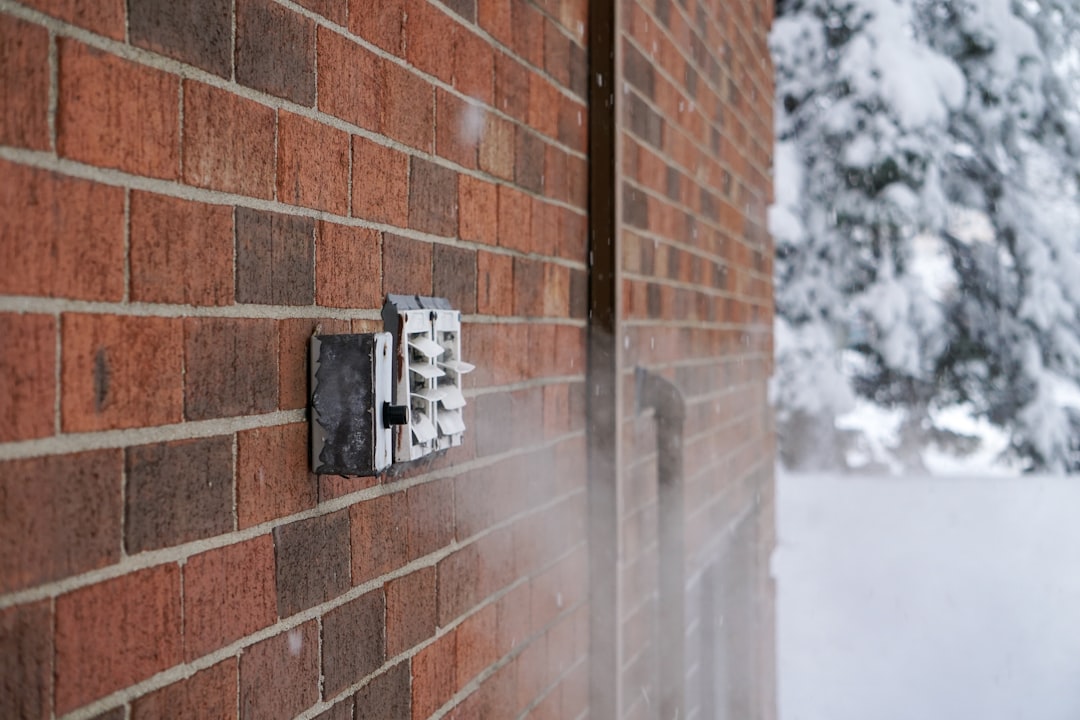The Real Cost of a Hot Water Heater in Residential Construction
For construction professionals, understanding the true cost of installing a new hot water heater is crucial. The cost isn't just about the unit's price; it involves capacity, energy source, labor complexity, local codes, and disposal fees. Current estimates show that a standard 40-gallon electric tank costs between $1,100-$1,400 installed, while premium 50-gallon gas units range from $2,800-$3,500. Tankless systems can run $3,500-$5,000 due to additional requirements. These figures include materials and labor but exclude permits and disposal fees, which can add $100-$250.
Factors Influencing Hot Water Heater Costs
- Tank size and recovery rate: Larger tanks for bigger families increase material costs.
- Fuel type: Electric models are cheaper upfront, while gas or hybrid units require additional components.
- Efficiency rating: Higher efficiency units may qualify for rebates but have higher initial costs.
- Venting and plumbing modifications: Converting systems can double labor hours.
- Code compliance: Requirements like seismic strapping and expansion tanks add to costs.
Price Ranges for Different Units
Based on current data, a 40-gallon electric tank averages $1,100-$1,400 installed, while a 50-gallon gas unit is $2,800-$3,500. Tankless retrofits range from $3,500-$5,000. These prices include materials and labor but not permits or disposal fees.
Labor vs. Material Costs
Labor accounts for 45-55% of the total cost. Material costs can spike with specialty components. Detailed quotes help identify areas for cost-saving or upgrades.
Common Estimation Errors
Traditional estimates often miss supply-chain fluctuations and local code costs, leading to unexpected changes. Using real-time data ensures accurate budgeting.
Streamlining Estimates with AI
- Voice-to-estimate: Input project details verbally for instant line items.
- Real-time pricing: Nightly updates reflect market changes.
- Task grouping: Organizes tasks for efficient scheduling.
- Ready-to-send proposals: Quickly generate branded PDFs.
- Upgrade suggestions: Offers high-efficiency alternatives with costs.
Managing Your Hot Water Heater Budget
- Open the app and start a new estimate.
- Use voice input for details.
- Photograph utility connections for measurements.
- Review the AI-generated scope.
- Adjust line items and lock in pricing.
- Generate a quote and sync to your workflow.
Hidden Costs to Consider
- Permit fees and inspections.
- Temporary shut-offs and restoration.
- Disposal or recycling charges.
- Drywall patching if modifications are needed.
- Initial energy usage adjustments.
Cost-Saving Tips
- Schedule installs during supplier promotions.
- Bundle replacements with other upgrades.
- Opt for factory-installed components to save labor.
- Pre-order materials to avoid rush shipping.
Repair vs. Replace Decision Matrix
Under six years, repair leaks and thermostat issues. Seven to twelve years, apply the 50% repair rule. Over twelve years, replacement is often more efficient.
Conclusion
Hot water heater costs fluctuate with market and code changes. Using real-time data ensures accurate, professional proposals. For more information, visit CountBricks.
Case Study: Reducing Hot Water Heater Costs by 18%
The Rodriguez family in Albuquerque initially received bids of $3,200 for a new 40-gallon gas heater. By using real-time data, they reduced costs to $2,620.
Cost Reduction Strategies
- Supplier swap: Found a comparable tank on promotion, saving $210.
- Task optimization: Grouped tasks to save 1.5 labor hours, reducing costs by $128.
- Permit auto-calc: Eliminated unnecessary contingency fees.
Outcome
The final quote was $2,620, an 18% reduction, with no quality compromise. The project was completed successfully.
Key Takeaways for Professionals
- Transparent line items build trust.
- Live data turns promotions into savings.
- Automated code libraries ensure accurate permit costs.
Learn More
Visit CountBricks to see how accurate cost management can improve your projects.

